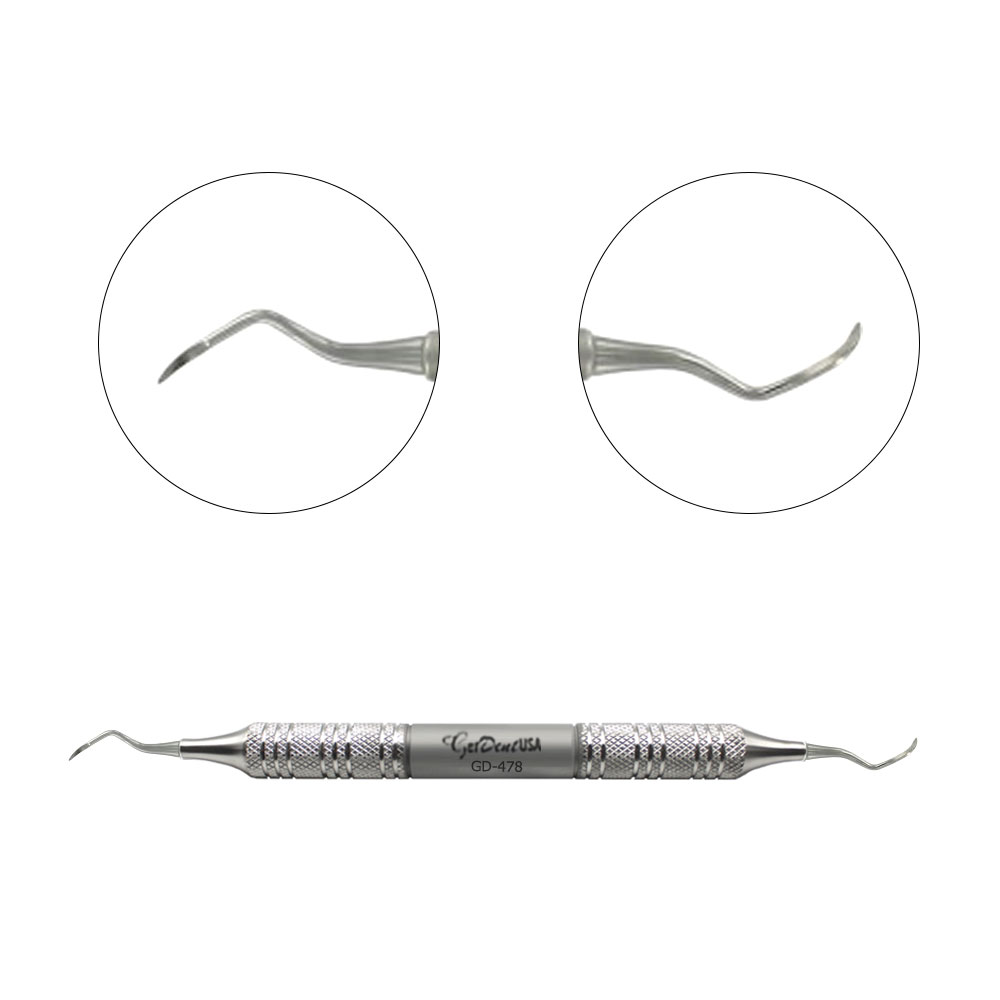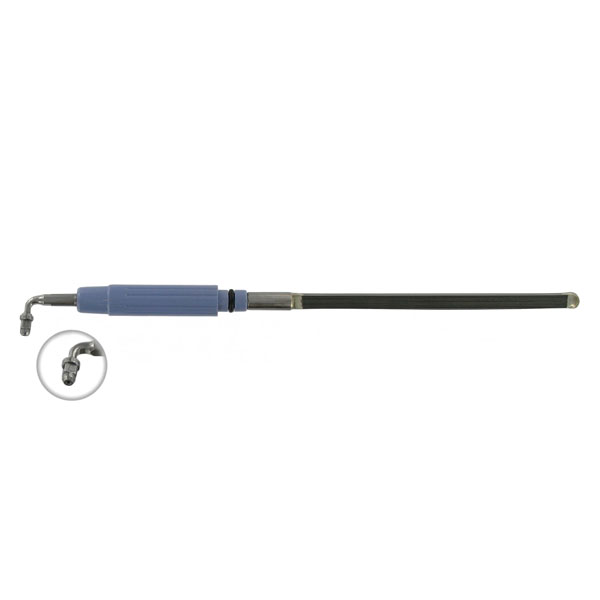Scaling is a treatment to removes plaque and calcified material from the surfaces of teeth. Root planing and scaling cleanses the teeth, maintains and restores gingival health. It is a procedure usually done by a professional and cannot be done at home.
Dental Scaler Hygiene Instruments are used for scaling. They remove plaque and calculus from surfaces of the crown and roots of the teeth. Moreover, these are also used to remove altered cementum from the subgingival root surface and for the debridement of the soft tissue that lines the pocket.
Better Teeth, Better Health
Classification of Dental Scalers
These scalers in dentistry are manufactured in different variations and patterns to accommodate different dental procedures. Have a look at the different classes of these instruments!
Sickle Scalers
These are heavy instruments designed to remove supra-gingival calculus. The tip of dental sickle scaler is designed in such a way that it is also used to remove the calculus from developmental grooves. Following are some significant patterns under this class:
• Anterior Sickle Scaler
• Crane Kaplan Scaler
• Curette Sickle Scaler
• Jacquette Sickle Scaler
Apart from these mentioned instruments, there are multiple patterns manufactured according to your dental procedure need.
Sickle scalers have a flat surface and two cutting edges. The cutting edges converge in a sharp pointed tip. The instrument's design is such that it is difficult to slide the blade under the gingiva without damaging the surrounding gingival tissue.
However, small curved blades such as the 204SD sickle scalers are inserted a few millimeters below the gingiva to dislodge calculus ledges. Moreover, Sickle scalers can be classified according to their blade size, blade design, and shank type. Straight shanks are used for anterior teeth and premolars, while angled shanks adapt to the posterior teeth.
Ultrasonic Scalers
These ultrasonic scaler instruments cleanse the tooth surface and are used for scaling; additionally, they also remove the soft tissue lining the periodontal pocket wall. Other tooth-cleaning instruments used after scaling to polish the teeth include rubber cups, brushes, and dental tapes. These scalers in dentistry are magnetostrictive and piezoelectric.
Some Other Significant Types
Hoe dental scalers have dislodged ledges to remove rings of calculus. The blade design is bent at a 99-degree angle, and the cutting edge is formed by the junction of the flattened terminal surface with the inner aspect of the blade.
Chisel dental scaler is designed for proximal surfaces of the teeth, where it is difficult for any other scaler to go in. It is used in the anterior part of the mouth and is a double-ended instrument with a curved shank at one end and a straight shank.
All these patterns are important for dental clinics and are considered a must-have option in dental kits. As tooth cleaning is important for everyone, so we all must consider our tooth health seriously. Dental Scalers help in keeping our teeth not only but healthy.



